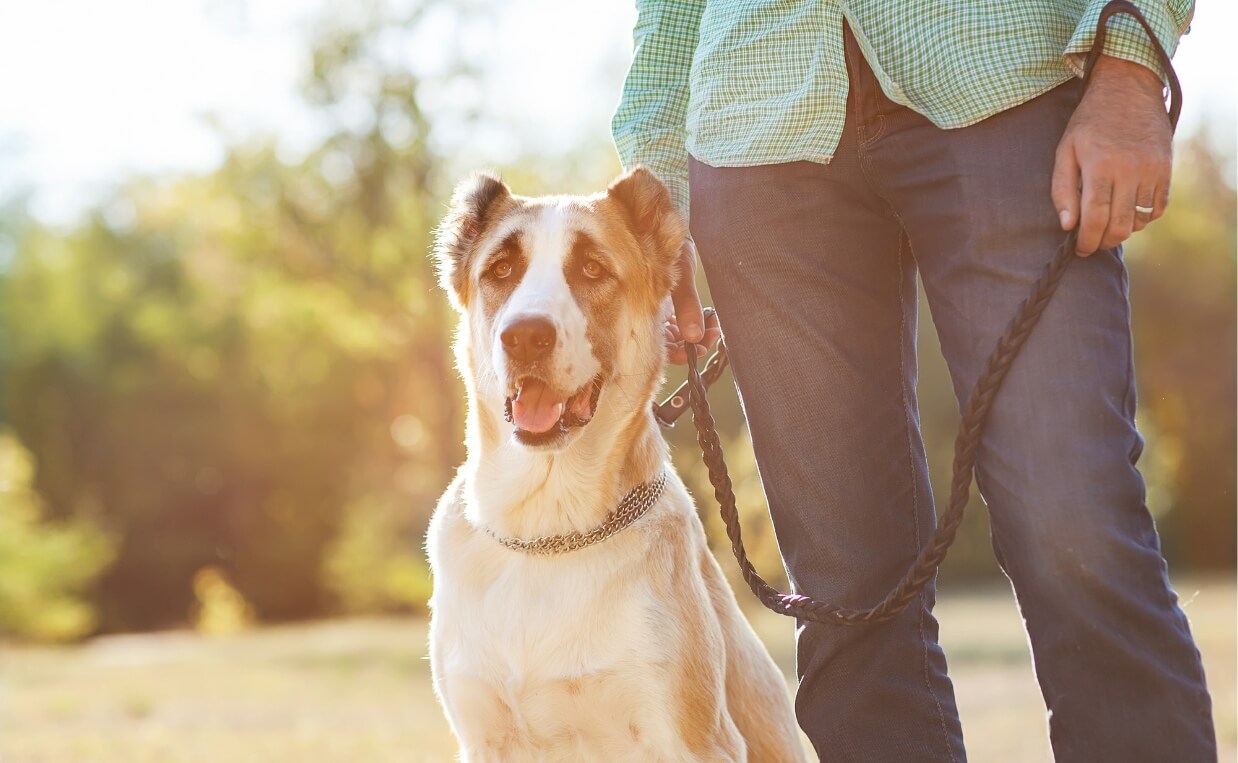
Walking your dog is one of the pleasures and benefits of owning a dog. Studies have shown that when someone adopts a dog, their level of recreational walking is boosted, and this increased level of exercise is maintained over months and years. This is one of the reasons why dog ownership is so good for human health.
By the same token, going for a walk is the highlight of a dog’s life. They learn to recognize the signs a walk is about to happen, such as you putting on your coat and shoes and picking up their leash. Many dogs become excited when they know it’s time for a walk, rushing around, whining and barking.
Dogs enjoy the physical exercise of a walk or a run, but they also love getting outside and enjoying different sights and sounds. These aspects of going for a walk are even important for dogs who have become physically less able to get around (i.e. from injuries or old age).
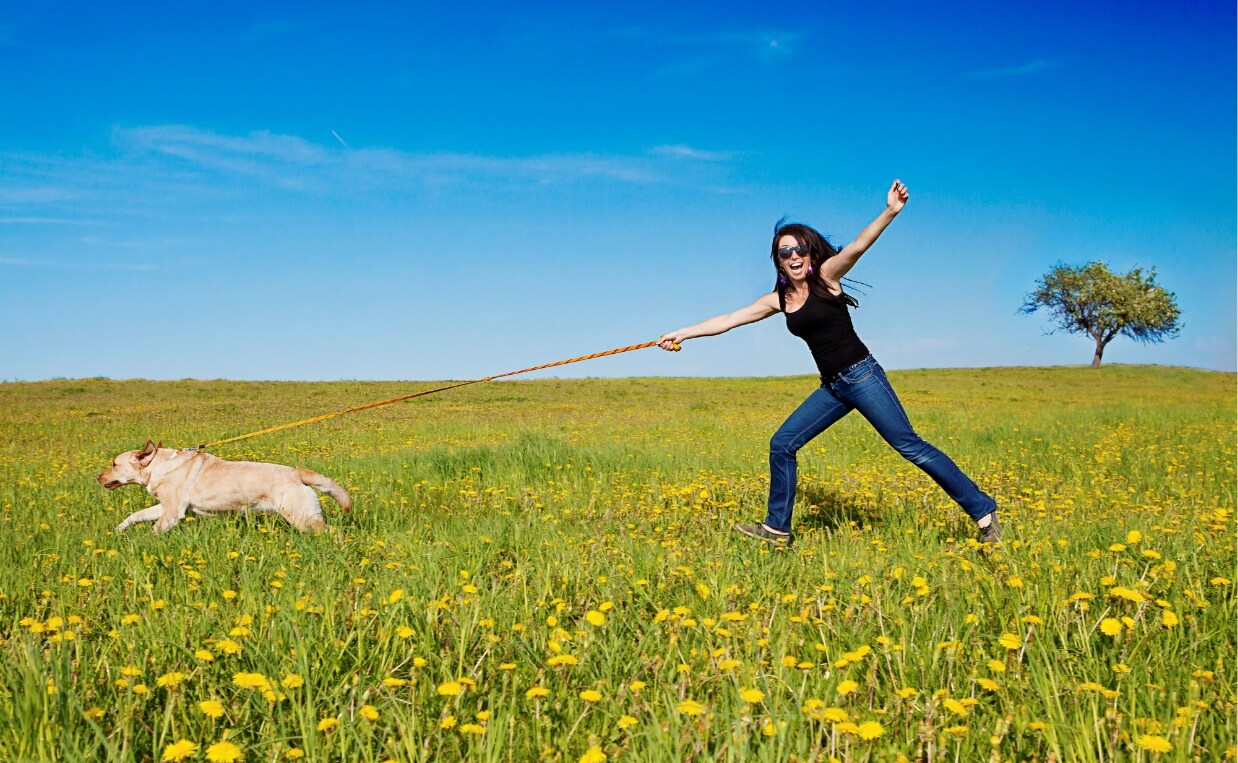
But as wonderful it is to go on a walk with your dog, it can be rather frustrating when your dog constantly pulls on the leash. Teaching your dog how to walk on a leash can be challenging because dogs move faster than we do, are often filled with energy, and are excited to explore outdoors. Some dogs want to run around as fast as they can, while others want to stop and sniff anything and everything in their path.
It’s important to remember walking on a leash will not feel natural to your dog at first, but it is possible to train your dog not to pull. While there are different methods you can use to train your dog, keep in mind your goal is to eventually be able to walk together with a loose leash instead of one pulled taut from beginning to end.
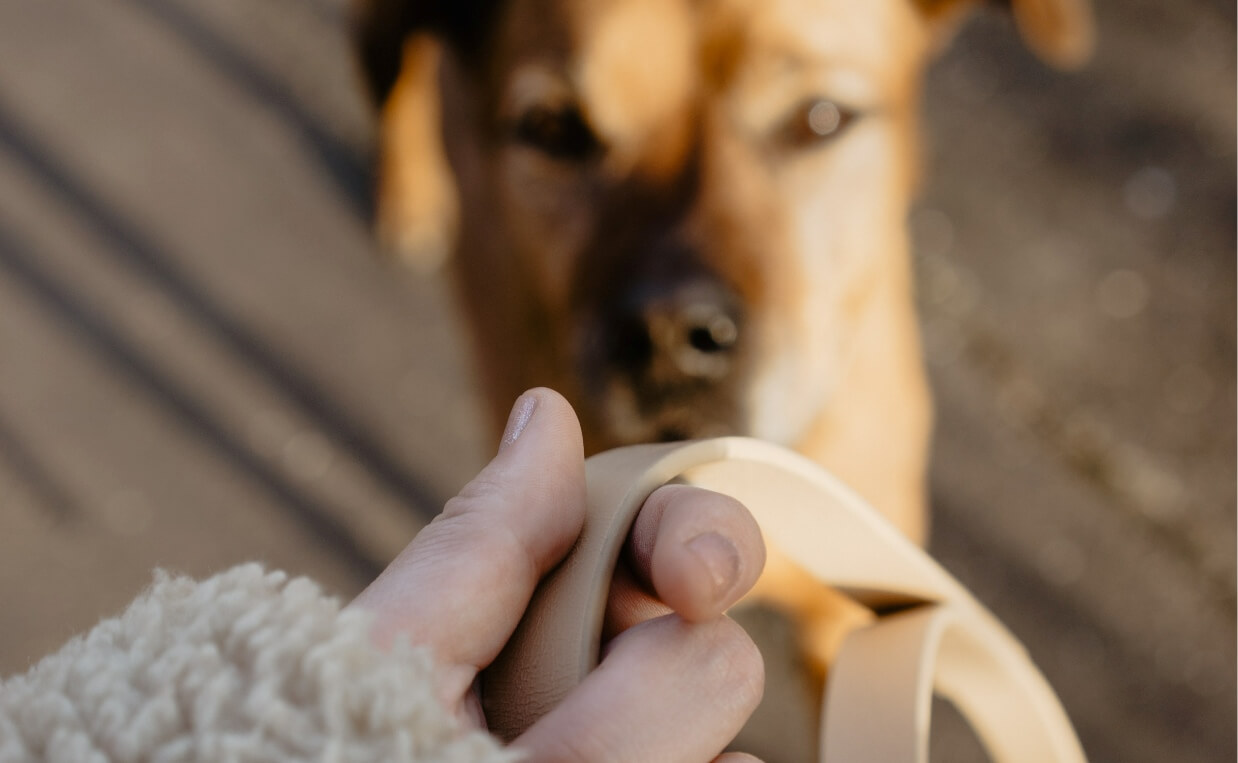
Here are some tips for training your dog to walk properly on a leash.
-
Start with the right collar and leash
Contrary to popular belief, a retractable leash is not the best option when training your dog to use leash etiquette because it doesn’t give you enough control. Fortunately, there are several quality leashes on the market.
When choosing a leash and collar, choose a well-made collar that buckles or clips, and is fitted without being too tight or rubbing. Some good choices in leashes include:
- A nylon or leather leash no longer than 6 ft. for larger dogs, or 4 ft. for smaller pooches
- A collar with a buckle or clip closure
- A Gentle Leader headcollar to redirect your dog by placing gentle pressure on pain-free points. Many veterinarians recommend this device for training purposes.
- A no-pull harness may be a good option as well
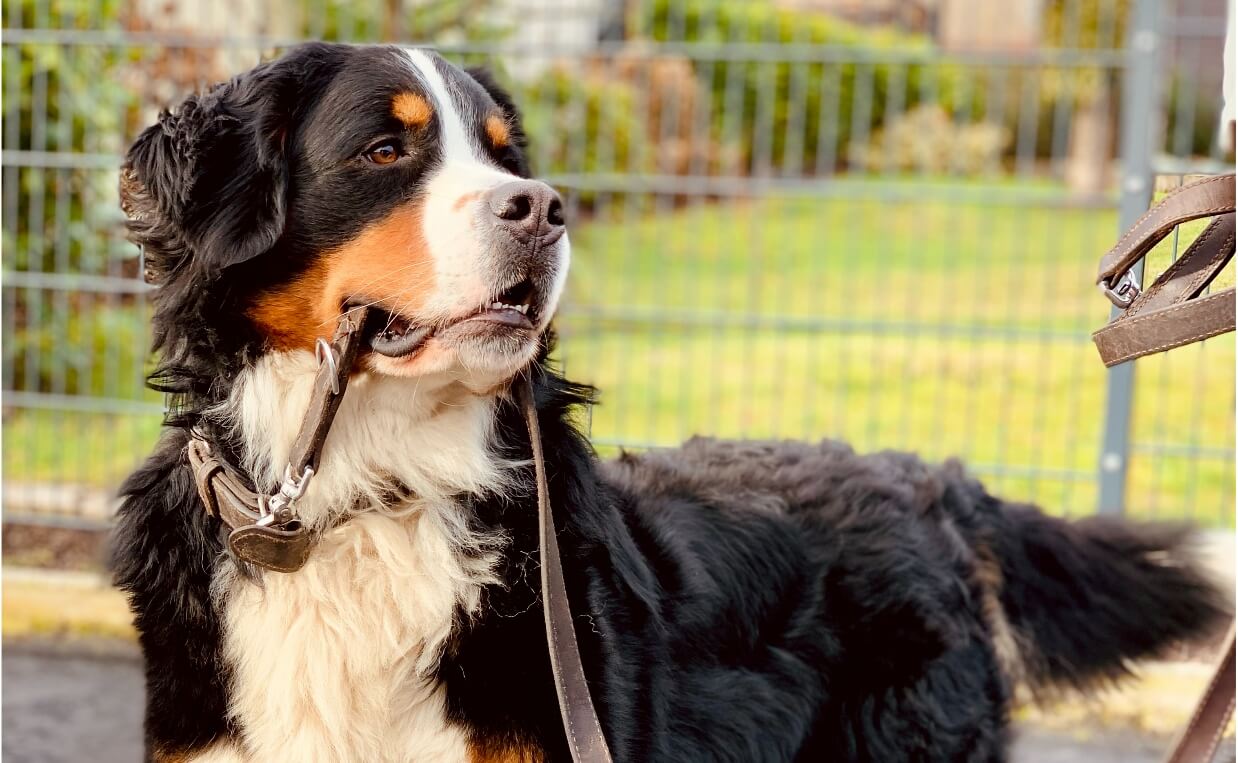
-
Use high-value treats
A high-value dog treat is a treat your dog doesn’t get very often outside of training sessions. It needs to be something your dog loves (and is smelly) like tiny pieces of chicken, liverwurst, tripe, or even peanut butter. Some dogs love bits of a hot dog, small pieces of cheese, or cut up anchovies or sardines.
Some dogs love carp, duck, salmon or liver. You might have to do a taste test to figure out what your dog prefers, but it’s well worth your time because your training sessions will be easier if your dog is motivated to learn.
-
Consider professional training classes before leash training
If your dog (or puppy) is new to basic commands, you may want to consider professional training classes before you make the leap to leash training. Your dog should know how to respond to basic verbal commands like sit, stay and drop it. Your dog should also know how to calmly encounter other dogs, cats, wildlife, and people without chasing, jumping, or exhibiting other inappropriate or aggressive behaviors.
Basic training classes are a great way to start socializing your dog and learning how to train your dog (or puppy). Once your dog has all of his or her Bordetella, distemper and rabies vaccinations, dog daycare is another great way for your dog to start learning how to be around other people and dogs.
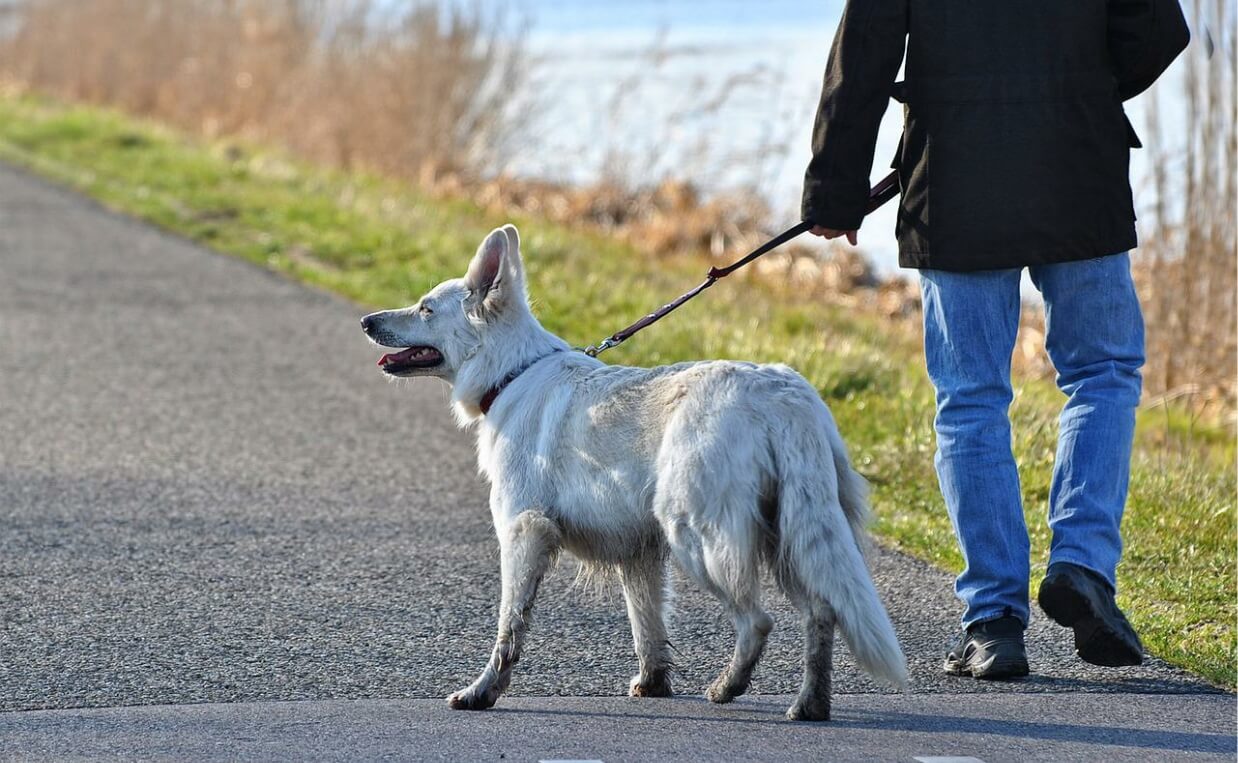
-
Consider all walks training sessions
Until your dog learns to walk without pulling, consider all walks training sessions. If sometimes you allow your dog to pull on the leash and other times are expecting him or her to follow your commands, he or she will become confused because there are different rules at different times. Clarity and consistency are imperative when it comes to dog training.
-
Don’t confuse loose leash training with the “heel” command
While “heel” is an excellent command for your dog to know, it’s different than loose leash walking. Loose leash is where your dog is able to walk on a leash without pulling. When walking with a loose leash, it doesn’t matter how far away your dog is from you as long as they aren’t pulling.
During the “heel” command, your dog is walking extremely close to your side and focusing on you completely.
While both of these methods have their place, loose leash walking allows your dog more freedom to sniff and explore, while keeping the leash slack.
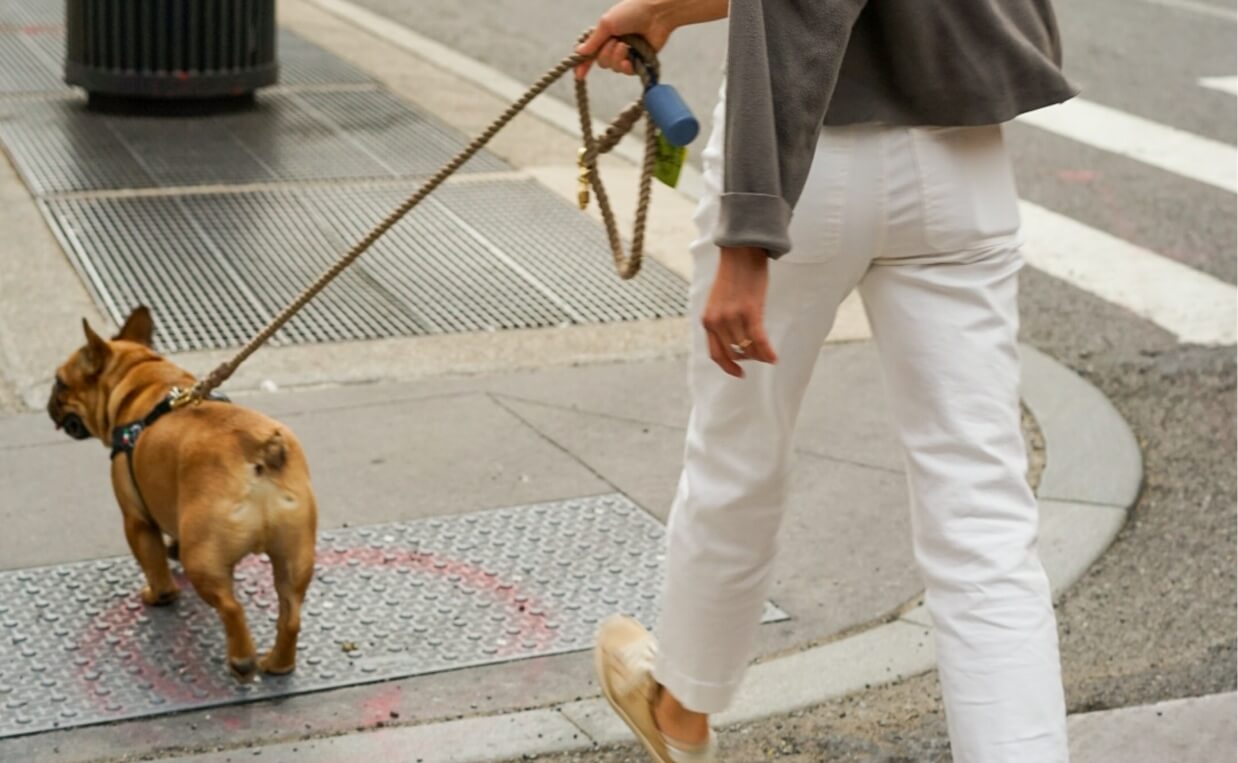
-
Only use positive reinforcement
Positive reinforcement training uses a reward (i.e. treats, praise, toys, anything your dog finds rewarding) when your dog behaves in a positive way. This is a powerful training tool because once your dog relates his or her behavior with the reward, he or she will repeat the behavior and learn what you want them to do.
Some people think punishment or punitive training techniques, like harsh scolding, spanking, kicking or other rough treatment, works better than positive reinforcement training. This is not true. Punishment requires catching your pup in the act, otherwise your dog will have no idea why he or she is being punished. If you punish your dog harshly, he or she will become afraid of you and will experience a great deal of stress that can lead to aggression. Punishment doesn’t work and it causes fear and anxiety, which does not build a close bond between you and your dog.
Positive reinforcement training will teach your dog to trust you, and as trust grows, so will the bond between you. When you reward your dog, your dog will enjoy being with you and will look forward to the time you spend together.
-
Let your dog have a play session beforehand
Take some time to let your dog release some of his or her pent up energy before starting a training session. There are lots of ways to play with your dog; a game of tug, fetch the ball and catch the frisbee are all well-loved games. Here are 10 Fun Games to Play With Your Dog to Prevent Boredom and 15 Dog Sports to Help Build a Strong Bond With Your Dog.
Your dog will be able to relax and focus if he or she has let off steam and is ready to pay attention.
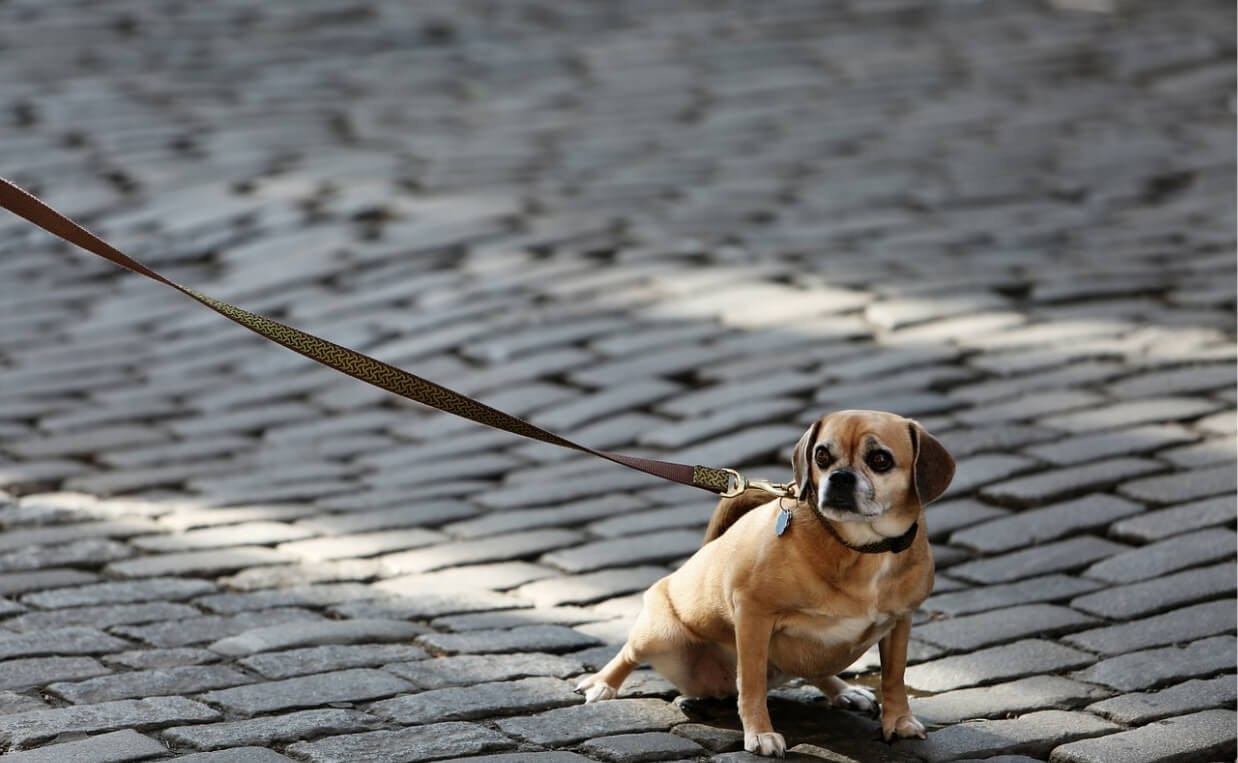
-
Start indoors
When you’re ready to start loose leash training, start indoors where there are few distractions. A hallway with closed doors is an ideal place to start. Put on your dog’s collar and leash and start walking forward with your dog. As soon as the leash tightens, freeze in place. Do not lean forward with the pull or yank the leash. Instead, stay standing, frozen in place. Wait. Ignore your dog until the moment your dog makes any movement that loosens the leash, even slightly. Praise your dog in a happy voice and take a step forward. Take as many steps as you can until the leash tightens again. Stop. Wait for your dog to loosen the leash, praise, proceed. Do not move forward unless the leash is loose. This will take what seems like FOREVER to make it down the hall. Stick with it. This is where you need a lot of patience.
-
Take it outside
Once your dog starts to understand what you want him or her to do, move the exercise outside. Yes, you will be that person stopping and waiting and starting up again. And, in a few weeks, you will be that person whose dog isn’t pulling on the leash. Start with one step and repeat the exercise outlined in #8 above.
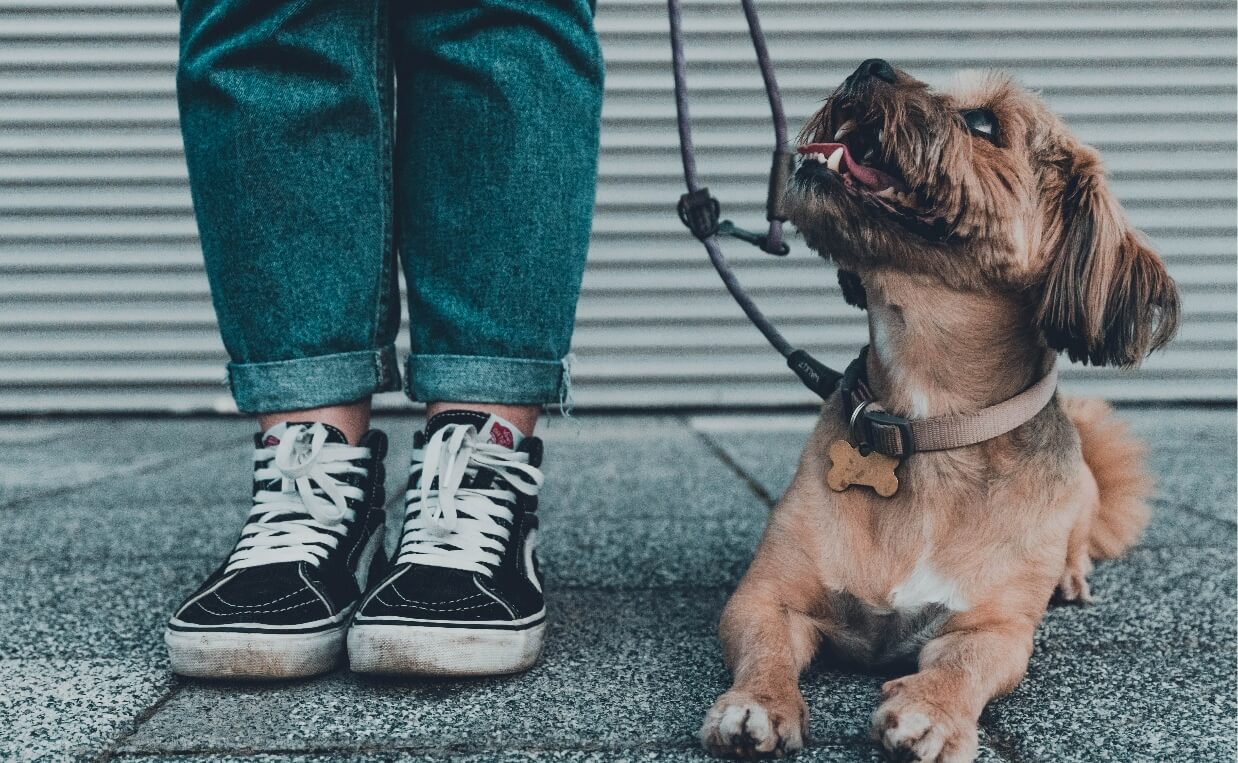
-
Reward check ins
Each time your dog “checks in” with you, give him or her a reward. Checking in with you is when he or she gives you eye contact. Dogs who pay close attention to their owner are less likely to pull on their leash. Talk to your dog to encourage check ins, sing or make noises. Provide as many opportunities as you can to get your dog to look up at you and be sure to reward him or her with a treat immediately.
Good leash training requires patience, communication, and kindness. There’s no doubt loose-leash training is challenging, but it’s a goldmine for what you ultimately wanted from your dog in the first place – a strong, trusting relationship. Leash training requires you to understand and respect your dog – and for him or her to understand and respect you too.
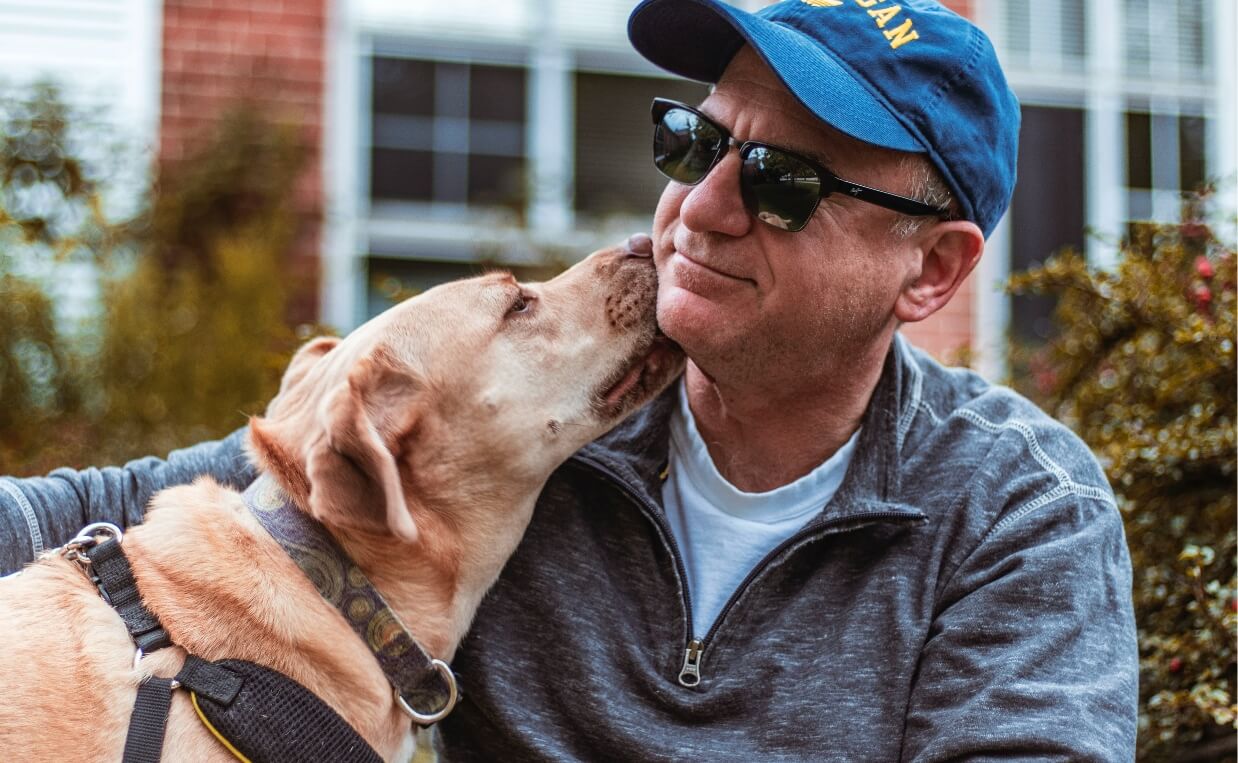
Have you taught your dog to walk loosely on his or her leash? What worked for you? Please share your experience with the rest of the Canine Campus community.

 International Assistance Dog Week: How To Interact With A Service Dog
International Assistance Dog Week: How To Interact With A Service Dog 15 Ways to Enhance Your Dog’s Learning Ability
15 Ways to Enhance Your Dog’s Learning Ability 5 Things You Can Easily Forget When Training Your Dog
5 Things You Can Easily Forget When Training Your Dog How to Train Your Puppy to Stop Biting
How to Train Your Puppy to Stop Biting [FREE DOWNLOAD] Do All of Those Daycare Dogs Get Along?
[FREE DOWNLOAD] Do All of Those Daycare Dogs Get Along?






I have gone through the blog post and I must admit it is very informative. I liked the writing style too. Keep up the good work and share more contents. Cheers!
Thanks for stopping by the Canine Campus blog and for the kind words! Feel free to visit again soon!
This blog is a goldmine of information for dog owners like me! The training tips are so easy to follow and have already made a huge difference in my dog’s behavior. I’m excited to continue implementing these strategies and seeing even more positive results. Thank you for providing such valuable insights! Fore more information about your friend Click here
“Fantastic dog training tips! Short, sweet, and super helpful. Can’t wait to try them with my pup! #TrainingWins” to watch my dog video click here.